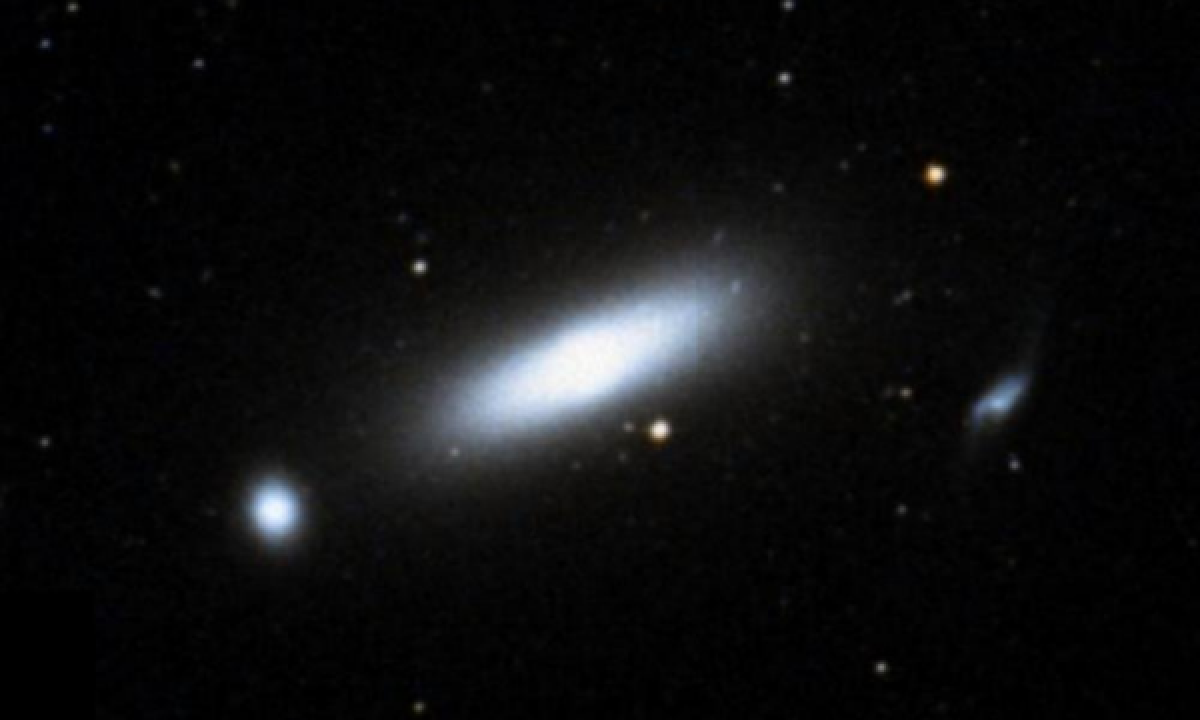The New General Catalogue of Nebulae and Clusters of Stars (abbreviated as NGC) is a catalogue of deep-sky objects compiled by John Louis Emil Dreyer in 1888. The NGC contains 7,840 objects, known as the NGC objects. It is one of the largest comprehensive catalogues, as it includes all types of deep space objects, including galaxies, star clusters, emission nebulae and absorption nebulae.
Know more about NGC
NGC 1332

NGC 1332 is an almost edge-on elliptical galaxy located in constellation of Eridanus. Situated about 70 million light years away, it is a member of the Eridanus cluster of galaxies, a cluster of about 200 galaxies. It is also the brightest member of the NGC 1332 Group. It was discovered by William Herschel on 9 December 1784. NGC 1332 has a Hubble classification of E, which indicates it is an elliptical galaxy. It is moving away from the Milky Way at a rate of 1,553 km/s. Its size on the night sky is 4.5' x 1.4' which is proportional to its real size of 92 000 ly. NGC 1332 is an early-type galaxy. Despite their name, early-type galaxies are much older than spiral galaxies, and mostly comprise old, red-colored stars. Very little star formation occurs in these galaxies; the lack of star formation in elliptical galaxies appears to start at the center and then slowly propagates outward. One supernova has been observed in NGC 1332: SN 1982E (type unknown, mag. 14) was discovered by Marina Wischnjewsky on 29 March 1982.
More Images:

Sources:
Wikipedia Page: NGC 1332
NGC 1332 at In-The-Sky website
